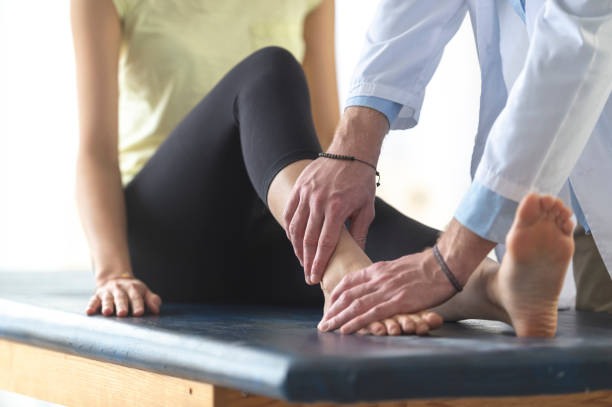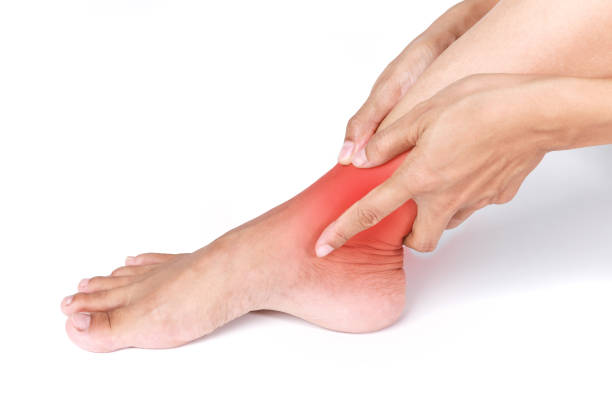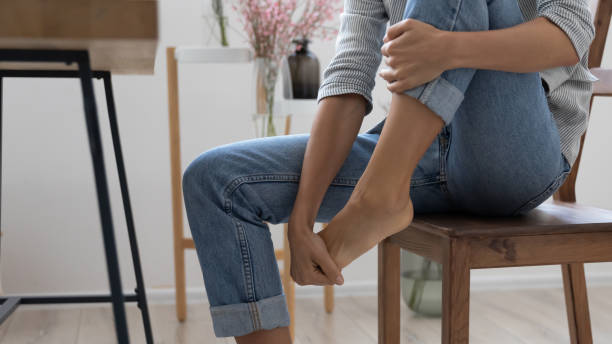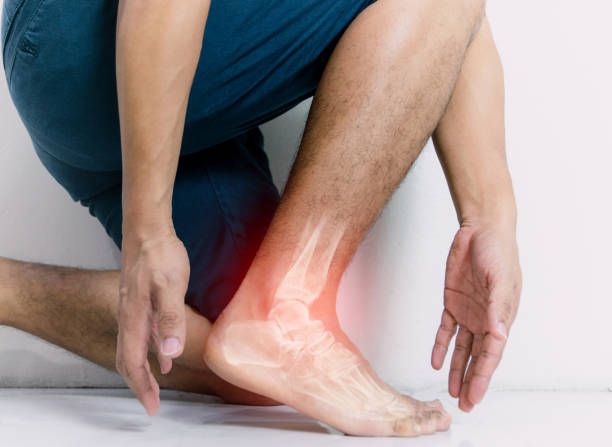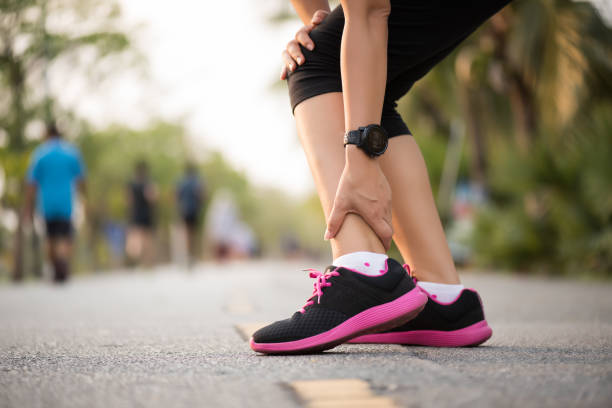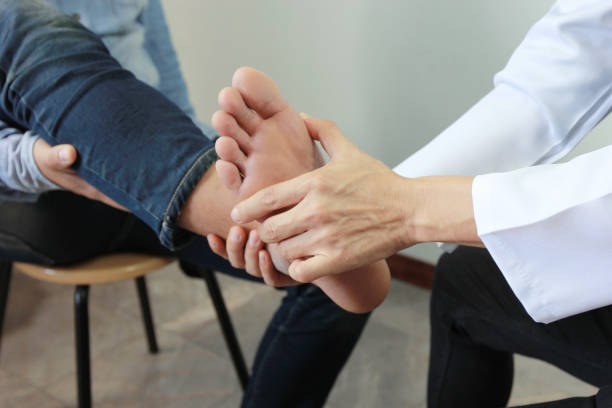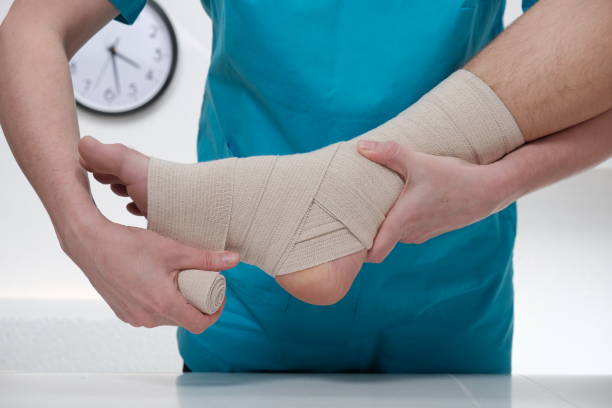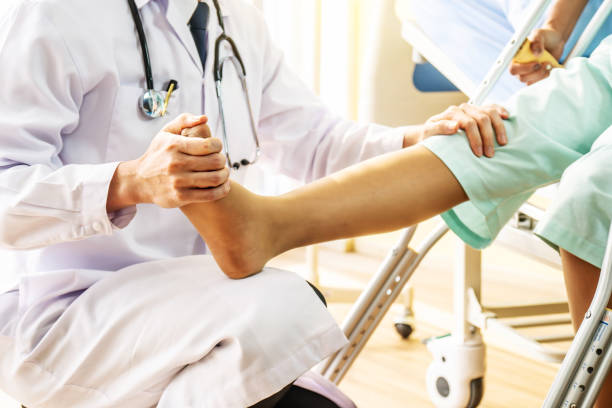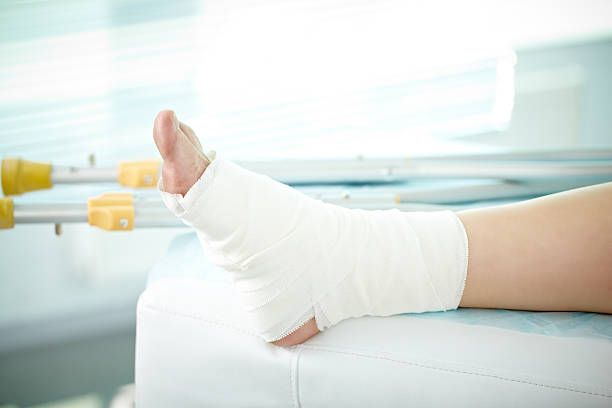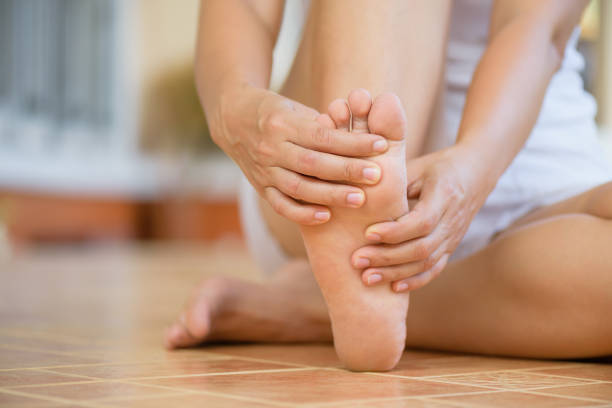Orthopaedic Specialists foot and ankle team is led by specialist Dr. Prasad Bhagunde. He is a highly skilled and accomplished orthopaedic surgeon with an impressive educational background and extensive training both in India and abroad. His proficiency in advanced arthroscopy techniques for knee and shoulder injuries, including multi-ligament knee reconstruction, Revision ACL surgeries, and Patello-Femoral Joint Instability, is a testament to his exceptional knowledge and expertise.
Dr. Prasad did his overseas training at East Lancashire Hospital – UK and Clinique d’el union – France. He is one of the few surgeons who have mastered the techniques of multi-ligament knee reconstruction, Revision ACL surgeries, and Patello-Femoral Joint Instability. This specialization allows him to provide comprehensive and customized treatment plans to his patients.
Dr. Prasad’s proficiency in Complex Reconstructive work like Reverse Shoulder Arthroplasty and Superior Capsular Reconstruction for Advanced Shoulder Conditions, makes him a sought-after surgeon in the field of orthopaedics. His Directorship at ACE Arthroscopy at Sona Medical Centre further demonstrates his commitment to providing the highest level of patient care.
Apart from his clinical expertise, Dr. Prasad is extensively involved in research in the field of sports injury and surgery. His contributions to various national and international meetings through his research presentations reflect his commitment to advancing the field of orthopaedics. His publications in international journals demonstrate his dedication to sharing his knowledge and expertise with his peers in the field.
Dr. Prasad’s areas of expertise, including arthroscopy surgery of knee, shoulder, and ankle, as well as shoulder replacement (reverse and total), have benefited countless patients. His memberships in several prestigious orthopaedic and arthroscopy societies, including the Indian Arthroscopy Society, Indian Orthopaedic Association, and Founder Member of Indian Cartilage Society, reflect his passion for staying at the forefront of the latest developments in the field.






